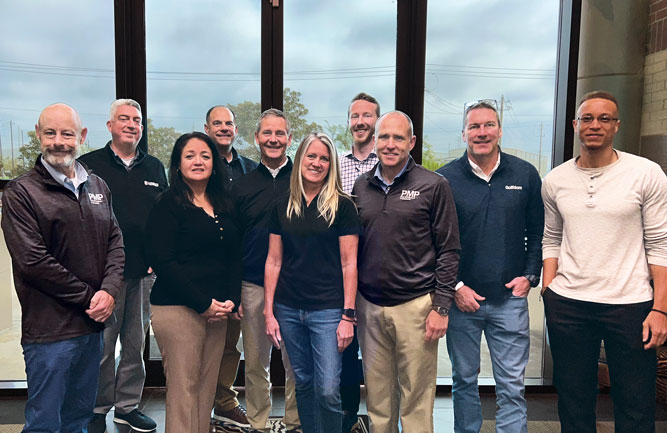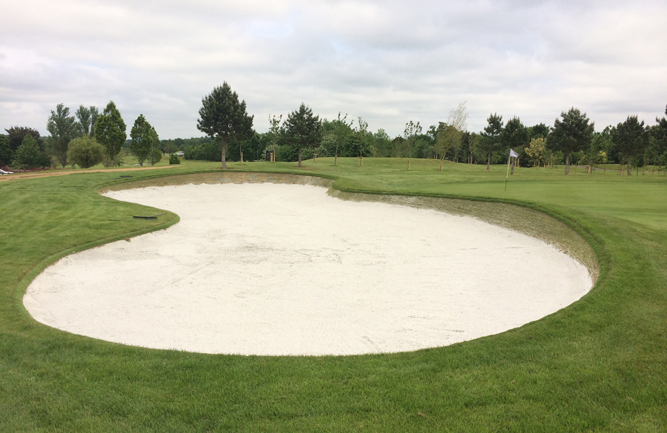The biggest mistake in green construction

Even properly constructed greens can fail if the architecture does not provide a good growing environment and adequate hole locations. (Photo: Jim Moore)
Much of my 33 years with the USGA Green Section was spent working on putting green construction issues.
In addition to working directly with many course projects, my work included updating the USGA’s Guidelines (twice), working directly with physical soil testing laboratories to help them make the testing process more uniform and accurate, developing quality control testing procedures and confidence intervals and speaking to the various industry groups on construction techniques.
While I feel the USGA method is still the best, my agronomic training supported my “real world” observation that any method that provides excellent surface and subsurface drainage and a root zone that holds the proper proportions of air and water will perform well under the right conditions. In addition, advancements in aeration procedures and equipment, water management, turf care products, improved grasses and better trained superintendents have all combined to make it possible for less than ideal construction to perform well. In fact, the biggest mistake being made in green construction today is not agronomic; it is architecture.
Unfortunately, there are far too many architects that seem to see all the agronomic advancements as a license to design and locate greens with little consideration to the growing environment, hole locations and golfer traffic.
During my years of visiting courses all over the world, I often came across greens that were horribly constructed by today’s standards but were performing well overall. Invariably, these greens were located in full sun, received plenty of air movement across the putting surface, had excellent surface drainage, plenty of hole locations and were not heavily played. They were also mowed at a sensible cutting height. On the flip side, I visited courses with extremely well-built greens that performed poorly overall.
I often stated on my visits that the only thing worse than a 4,000-square-foot green with a few hole locations maintained at 11 feet, was a 7,000-square-foot green with a few hole locations maintained at 11 feet. I saw many courses with greens that received so little light and air movement that fungicides simply could not overcome the disease pressure. This led me to joke frequently that the three best fungicides on the market were Homelite, Stihl and McCollugh.
All this can be summed up pretty simply. No root zone or drainage system can provide sunlight, air movement, hole locations or adequate entrance and exit points into greens. These are architectural decisions, or at least should be. If they are not made correctly, the green is doomed to struggle at best and periodically fail at worst.












